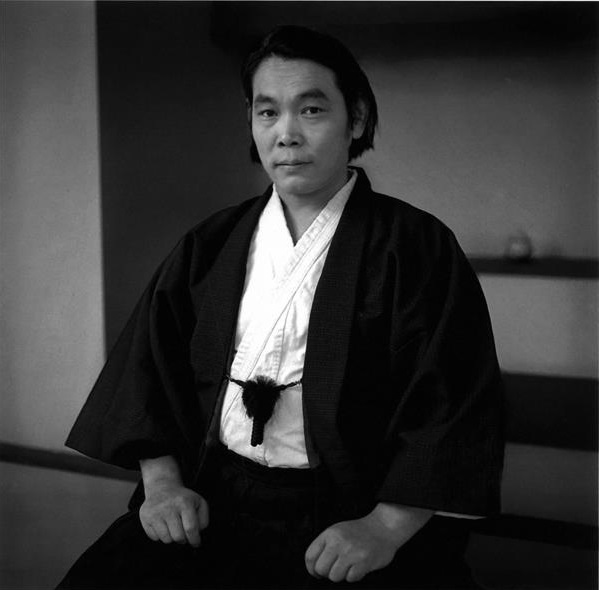
Technical Aikido
By Mitsunari Kanai, 8th Dan, Shihan Chief Instructor of New England Aikikai (1966-2004)
Preface
AIKIDO is…
At the core of the practice of AIKIDO, more than anything else, is a continuous hard training and disciplining of one’s body and mind in order to develop wisdom. In the event of a confrontation, beast-like behavior aimed solely at protecting oneself and injuring the opponent must be avoided at all costs.
To develop the determination to resolve a confrontational situation with omniscience and omnipotence (that is, using not merely technique but applying the entirety of one’s abilities and wisdom) is BUGOKORO (BUDO’s spirit/mind). One must realize that AIKIDO is neither more or less than the expression and embodiment of this BUGOKORO.
YAMATOGOKORO is what AIKIDO Advocates
Because AIKIDO includes the elements of BUGI (combat techniques), it is inevitable that, at times, the AIKIDO practitioner must face the possibility and the reality of confrontational circumstances. If one seriously and continuously probes into the reality of coming face-to-face with an opponent in a show-down situation where one’s very existence is at stake, that is, where one’s survival means the opponent’s defeat or vice versa, and if one were to fully and openly recognize the inter-relation between oneself and the opponent, it would lead one to discover the most logical and efficient fighting techniques.
It is nonetheless true, however paradoxical it may seem, that in pursuing the perfection of this principle, one will eventually arrive at a harmonious state, born from the insight that no matter how strong one is, one cannot continue to exist if one tries to fight against all existence.
This is the “Way” (or process) to reach harmony as advocated by AIKIDO. One should bear in mind, however, while trying to understand or attain the principle of harmony, that without going through the internal transformational process that begins in the state of confrontation and only after working through a critical process eventually arrives at the state of non-confrontation, there can be no BUDO.
Under normal conditions, living things live in groups, not alone. A basic feature of social existence is the development of relative descriptions or comparisons, for example, strong versus weak. Each being tries to use its individual qualities to best advantage in light of its relative strengths and weaknesses. The process that eventually led to BUDO began with efforts to compensate for weakness by developing specific qualities (for example speed, or strength, or size, or facility in using weapons).
Therefore, under normal conditions, living in the world leads at times to confrontational situations, and developing increasingly effective techniques for facing such confrontations eventually leads to the realization that there is always someone or something bigger or stronger than oneself. Ultimately one realizes that the most effective defense is to merge with and become part of the opponent. This is how the principle of confrontation evolves into the principle of non-confrontation.
YAMATOGOKORO is the idea that the reason for developing martial arts is to protect those who are unable to protect themselves from aggressors. The proponent of this philosophy devotes himself to developing BUDO in order to protect the security of peaceful people from the victory of cruelty and violence. This idea is at the heart of AIKIDO. It should be understood that AIKIDO includes a philosophy and ideas that go beyond martial arts defined as the practice of combat techniques.
Therefore, martial arts is included within AIKIDO, but AIKIDO goes beyond martial arts. AIKIDO stands for the idea that BUDO, the principle of confrontation, and the principle of non-confrontation can be synthesized without compromising any of their fundamental essences.
However, it is sad to note that much of what is called practice has compromised these elements. What follows is a technical description of the physical principles which must guide true AIKIDO practice if it is to achieve total, rather than partial, realizations of this art.